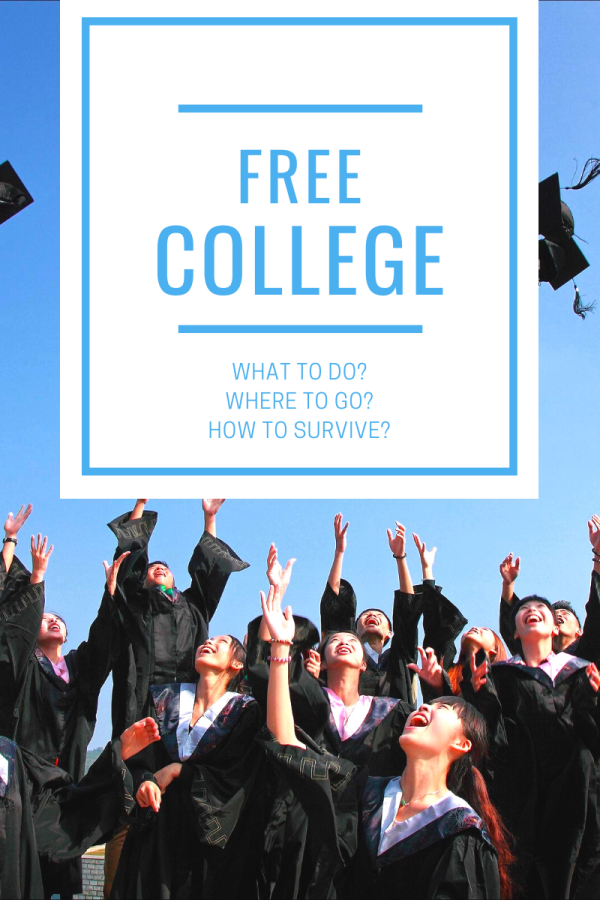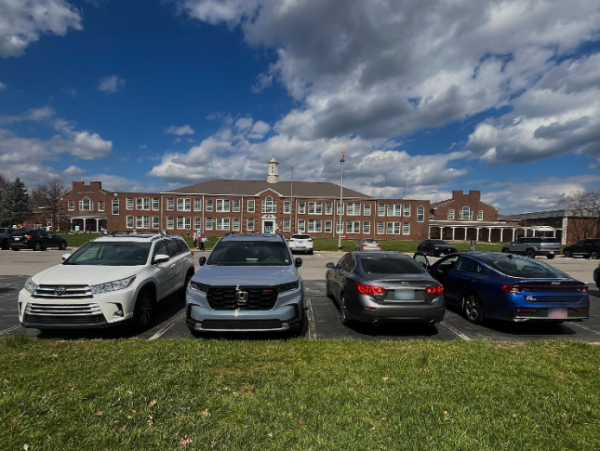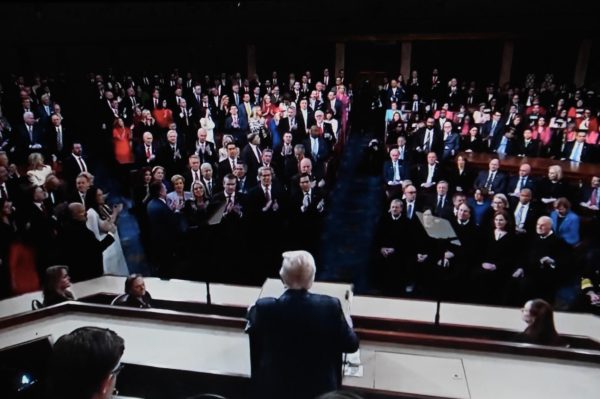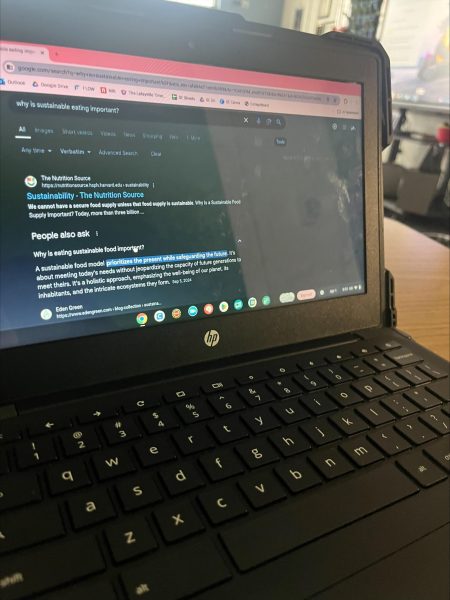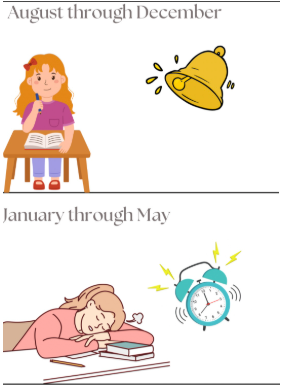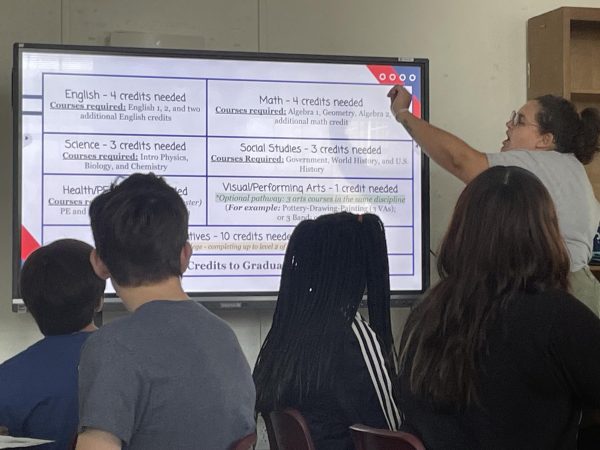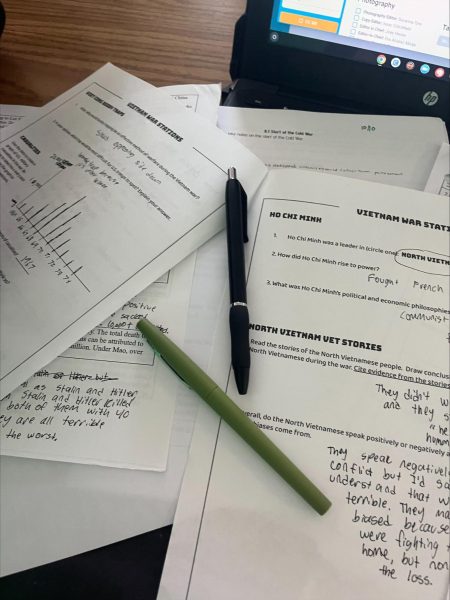Education Should Be Free
Most high school students have an educational goal to go to college, but how do they pay for this journey?
Education is needed and extremely important in life. Some people struggle to continue their education after high school, but higher education is necessary for a successful life. Colleges and universities are expensive. Learning should be relatively inexpensive. College expenses cause people not to go at all. Most jobs with life-supporting salaries require a bachelor’s degree or higher, and everyone deserves a chance at living a successful and stable life through education.
Tuition and fees are the main things that turn people away from college. The average cost of attendance for a student living on campus at a public college is $25,707 per year or $102,828 over four years. Living expenses and lifestyle should also be considered when looking for colleges. Lower-income students already struggle in the school system, and having to pay to succeed makes the thought of college go out the window. According to The Center for Promise at America’s Promise Alliance Study, 27.2% of people don’t have a high school diploma. 13.2% of people finished high school but did not go to college. 9.2% of people went to college but didn’t finish. 4.1% of people got a bachelor’s degree or higher.
Most jobs require extensive education; achieving this can be challenging when colleges are pricey. What percentage of jobs need a college degree? Today, according to Educationdata.org , , nearly 60 percent of all jobs require higher education. Before World War II, only a small proportion of Americans went to college. But now, 12.8 million, or 42.1% of American 18- to 24-year-olds, are enrolled in college or graduate school. First-time undergraduate freshmen have a 12-month dropout rate of 24.1%. According to Medium.com’s article on education tuition, almost a quarter of the average college freshman class drops out, which is due to not being able to afford college anymore and turning to expensive loans that they will have to pay off for the rest of their life.
54.1% of independent undergraduate students accepted federal student loans. The outstanding federal loan balance is $1.620 trillion and accounts for 92.7% of all student loan debt. Accessibility is the main issue with college, and making it free would lower the number of people with debt and the dropout rates as people don’t have a detrimental reason to quit anymore.
Most people in America need to reach the educational goal they set for themselves. According to Census.gov’s data the percentage who were in the upper-income tier increased from 14% in 1971 to 21% in 2021, or by seven percentage points. The official poverty rate in 2021 was 11.6 percent, with 37.9 million people in poverty. In 2021, about four percent of the people with a Bachelor’s degree or higher were living below the poverty line in the United States. Some people who completed college make less than they paid to attend college.
Overall, free college would ensure that most people will have a chance to have a successful life. Free college would lower the poverty rates as more poor people would get higher-paying jobs, and the unemployment rate would also go down as the jobs that were once for the rich and successful are now available to the general public.
Paying off student loans can be a nightmare that most adults are dealing with, and eradicating the need for these loans would ensure financial stability regarding payments. Getting a good job and having a family are many people’s dreams, but achieving these dreams can be crushed late senior year in high school when they realize they can’t afford to go to higher education and get that dream job. Free higher education is something we need in America, and it would benefit the nation and the lives of the people in it.

